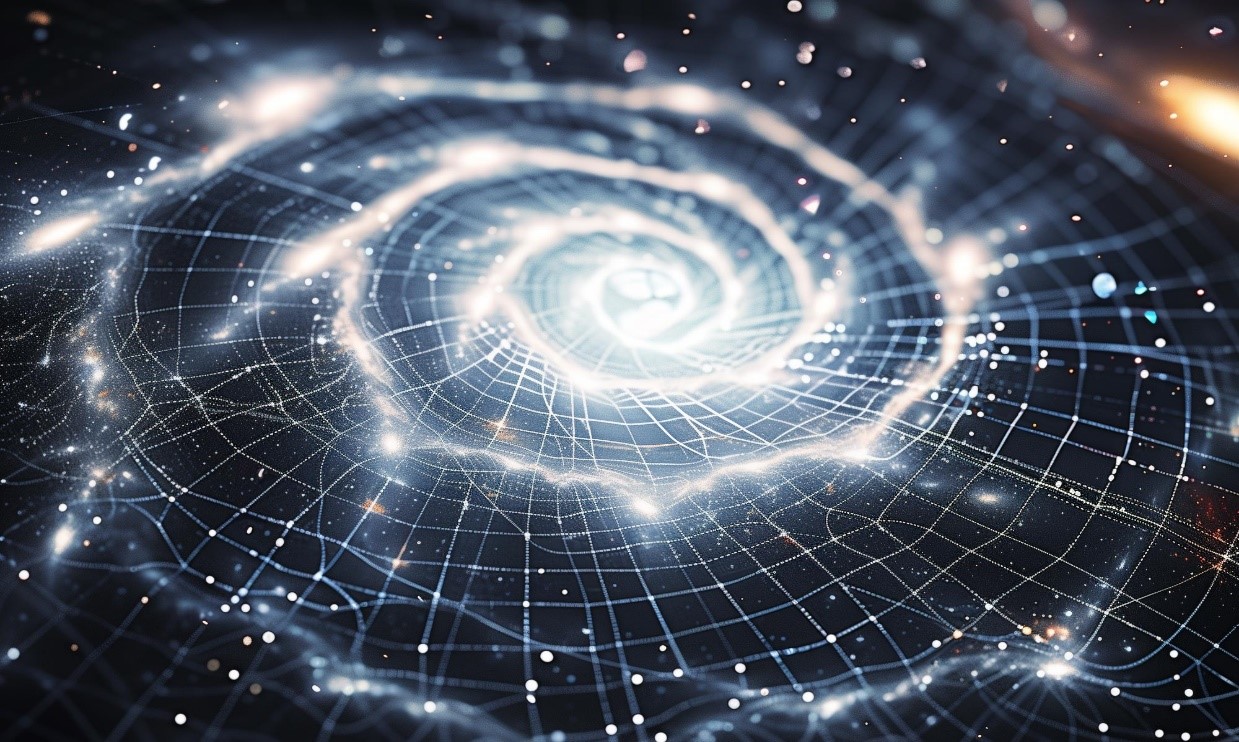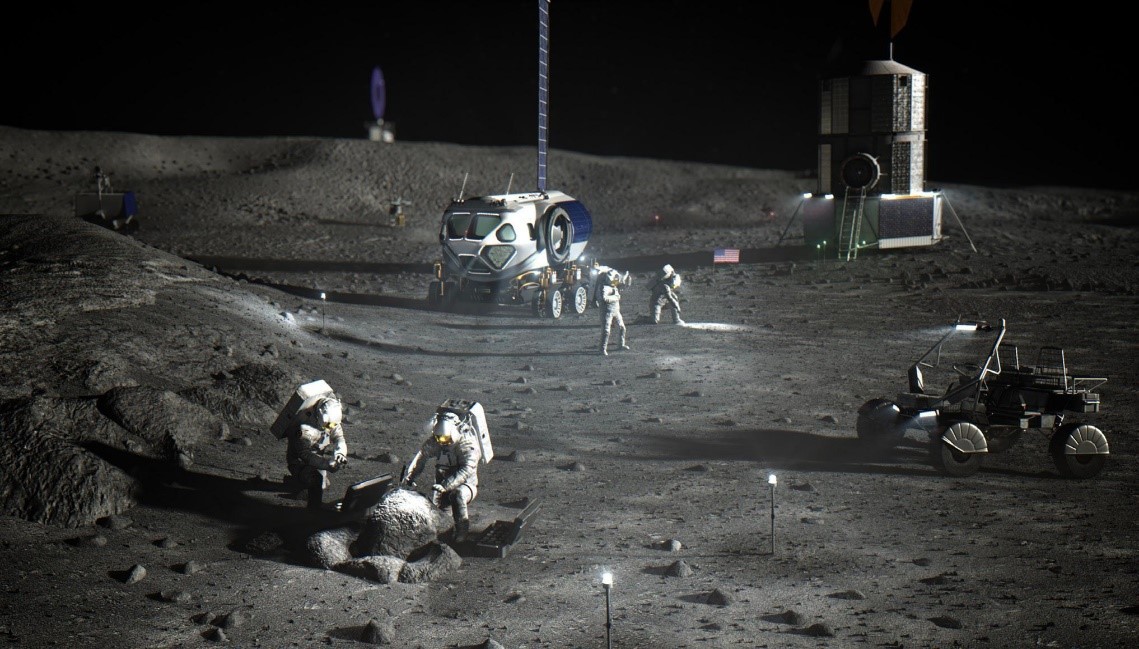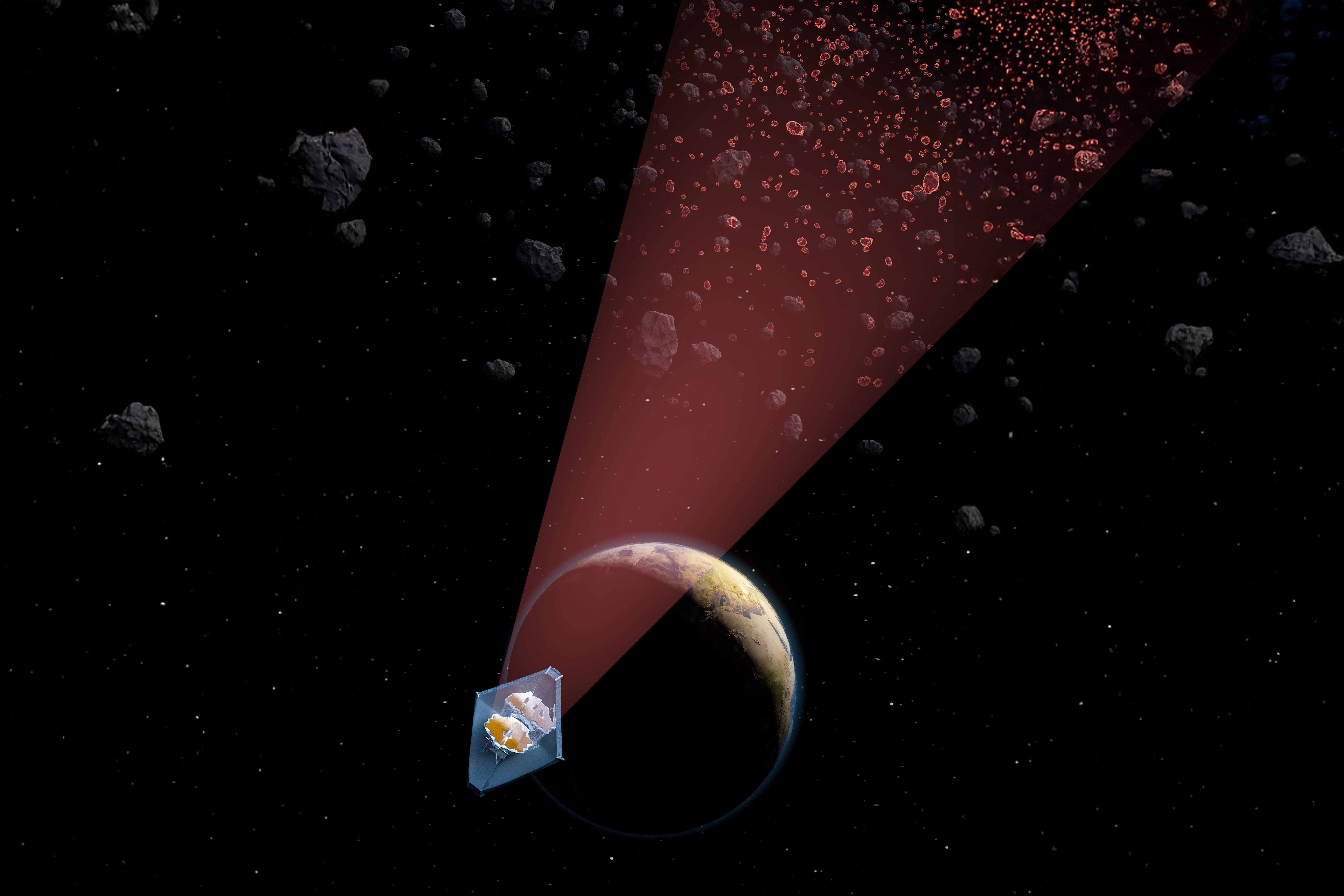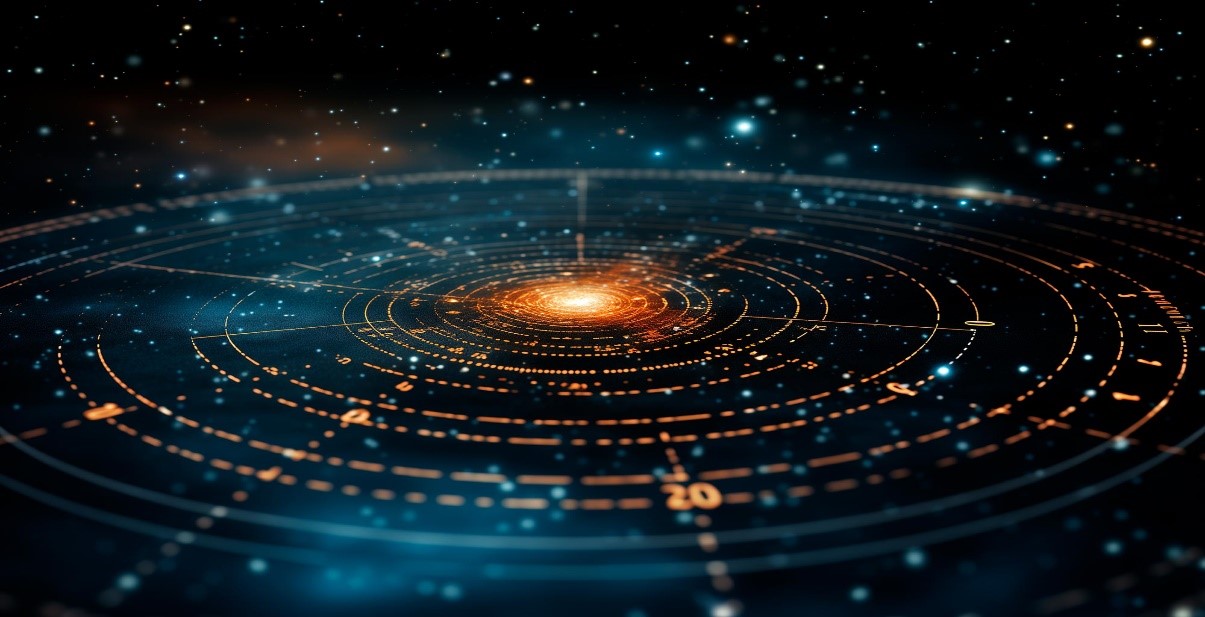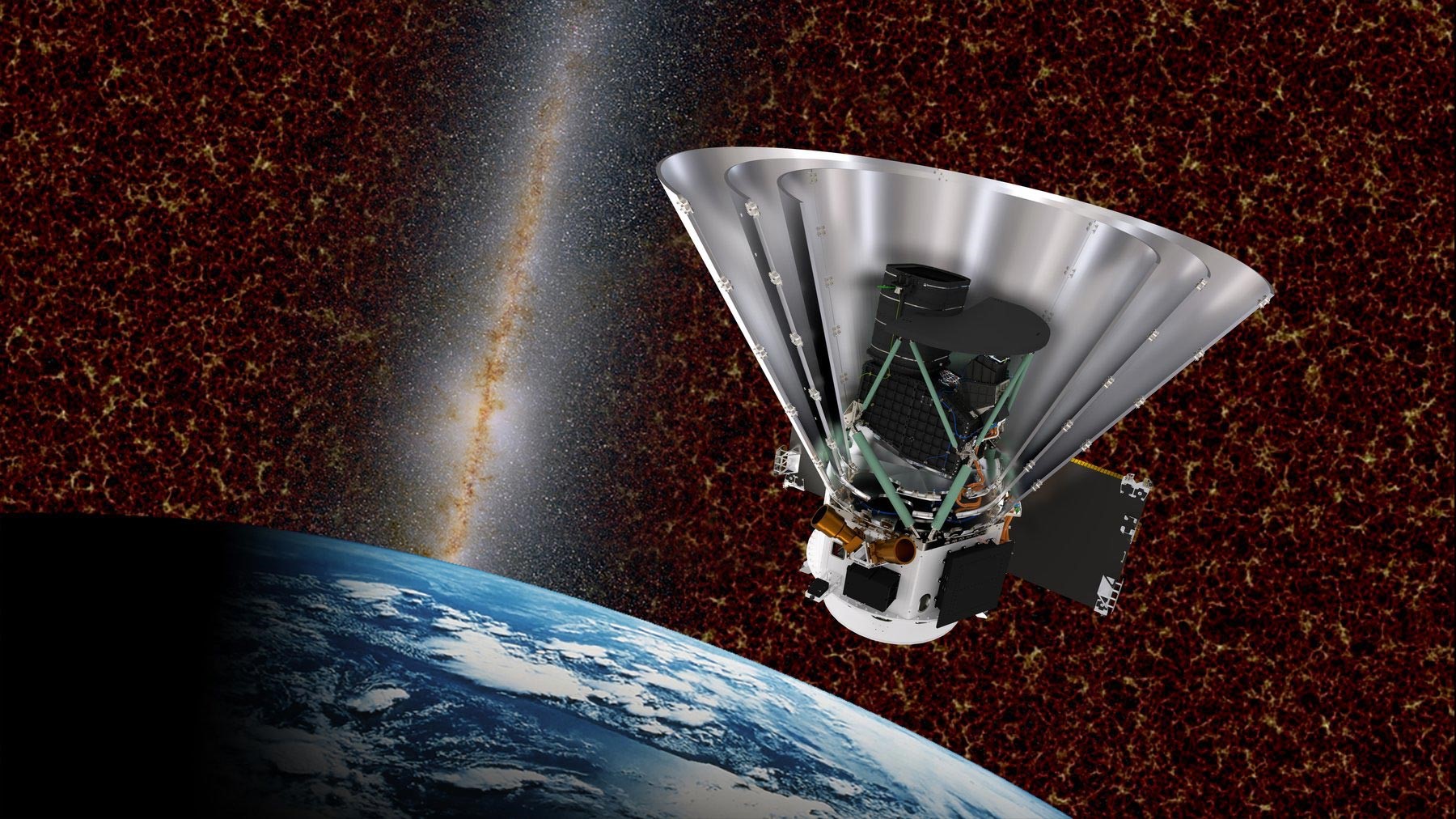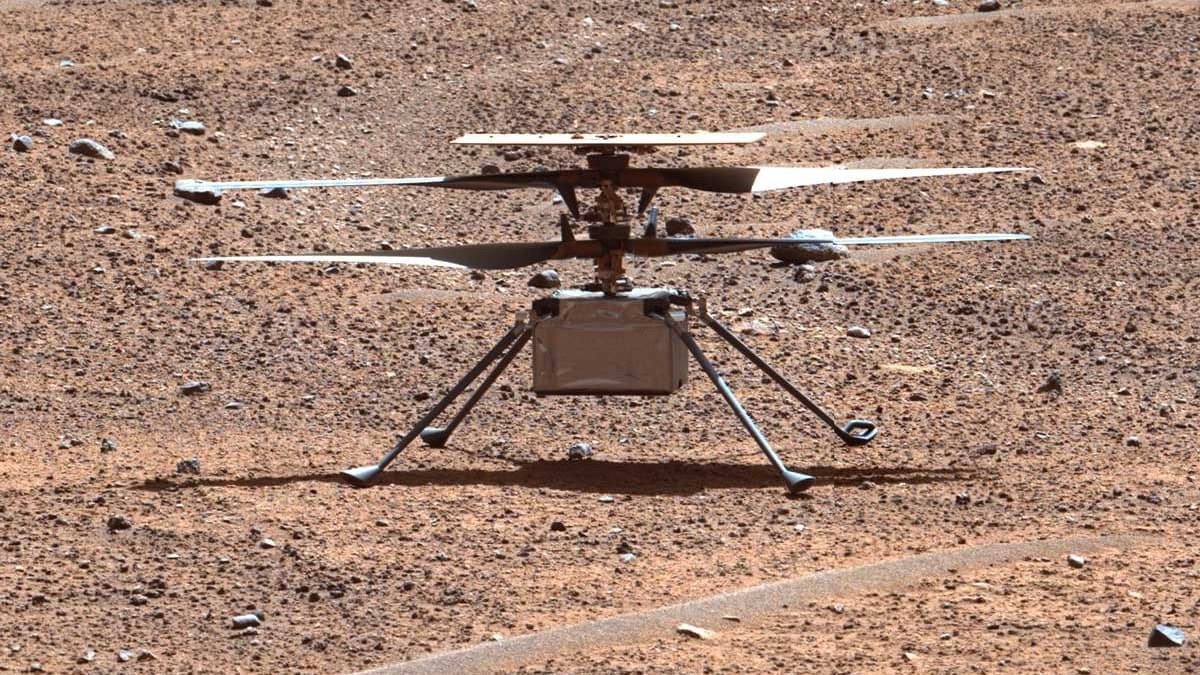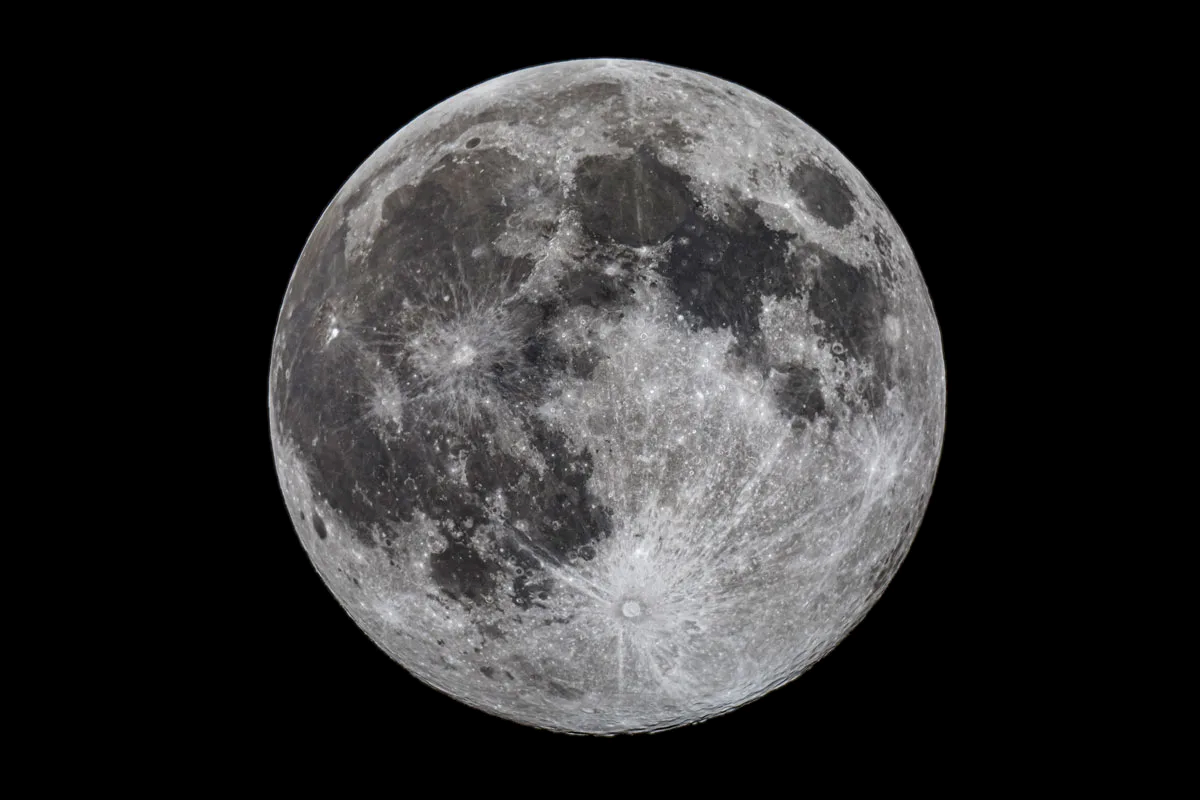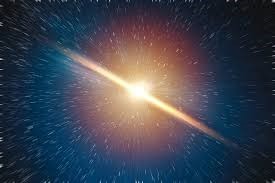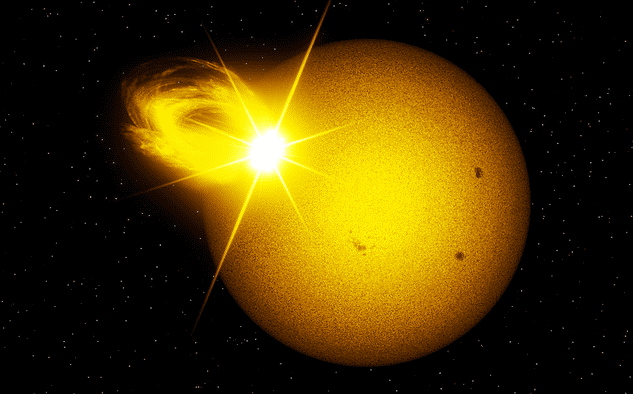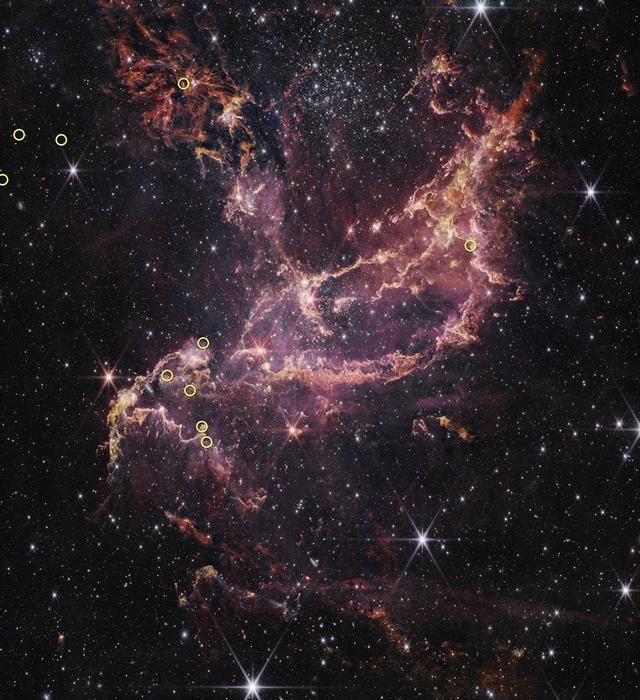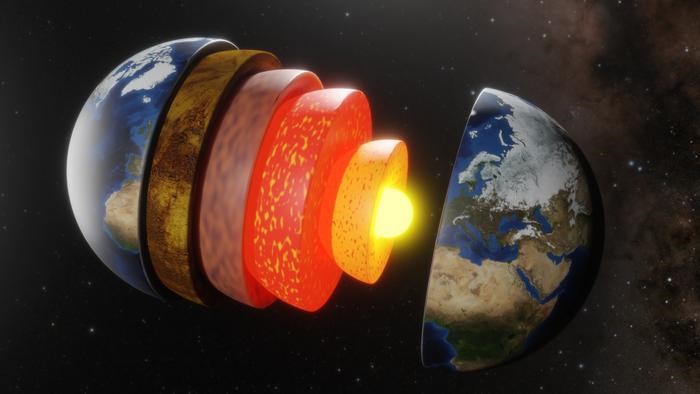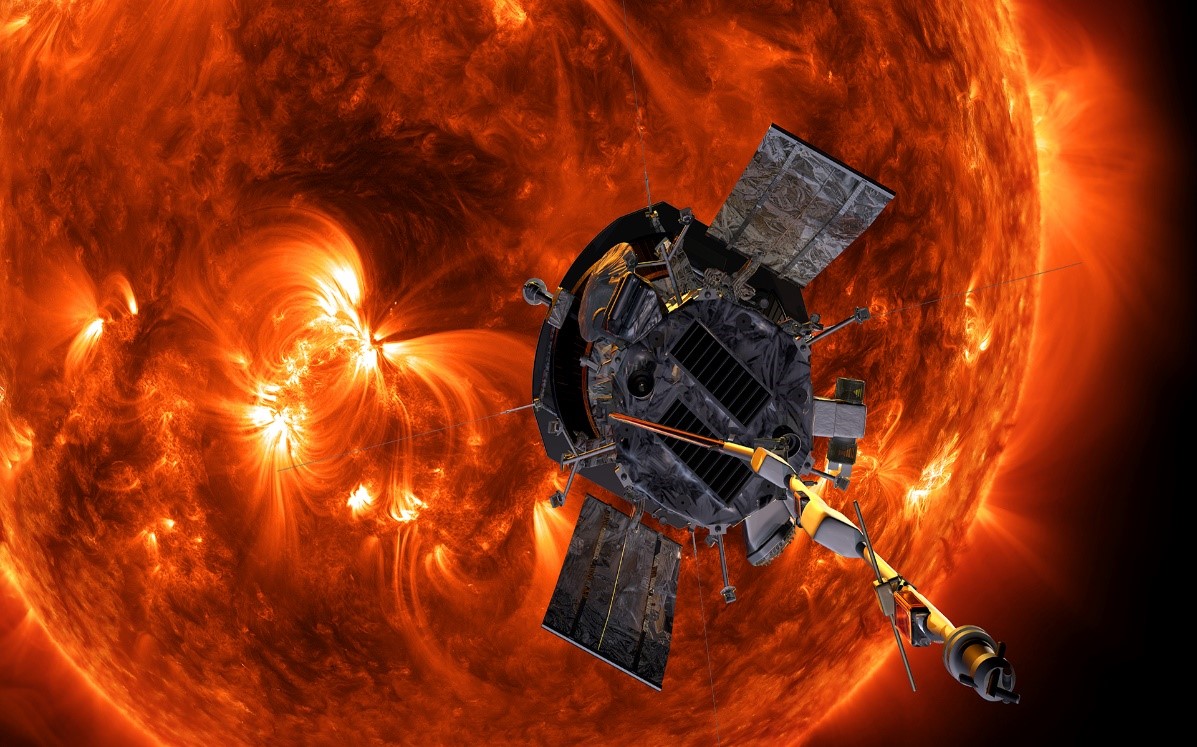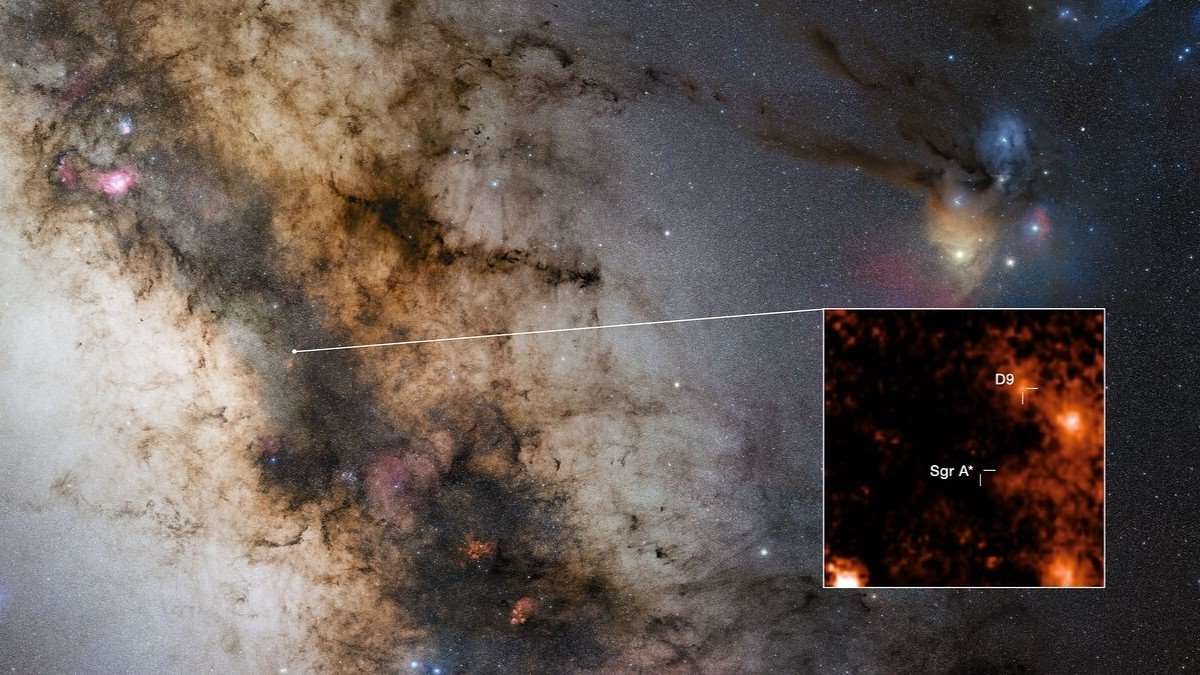A New Study Warns That Our Sun May Be Overdue for A Powerful Superflare
Our Sun is far from peaceful. It churns with convection, its magnetic field constantly shifts, snapping and reconnecting. It releases bursts of energy through intense flares and ejects plasma in the form of coronal mass ejections.
Most of the Sun's activity doesn't have enough force to cause us harm, but occasionally, it unleashes a flare strong enough to cause significant damage. The frequency of such events remains uncertain, with past estimates ranging from once every century to once every millennium.
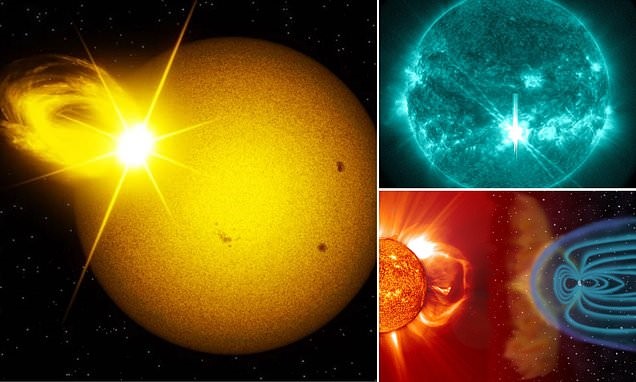
Figure 1. The Sun Overdue for A Powerful Superflare
However, a new analysis of the eruption rates of 56,400 Sun-like stars suggests that the Sun's superflare rate is closer to the low end of that range – about once every 100 years. If this holds true, we could be at risk, especially considering that the famous Carrington Event of 1859 was only about 1% as powerful as a true superflare. Figure 1 shows The Sun Overdue for A Powerful Superflare.
"We were very surprised," says astronomer Valeriy Vasilyev of the Max Planck Institute for Solar System Research in Germany, "that Sun-like stars are prone to such frequent superflares."
Determining how often the Sun releases a massive burst of radiation is a challenge. We can't simply rewind time to observe past events. However, there are records of solar activity found in tree rings, which show spikes in carbon-14, as well as in nitrogen trapped in polar ice, providing some insight into solar storms. Unfortunately, these records may not provide the full picture.
To estimate the frequency of large-scale solar events, researchers study stars similar to the Sun – G-type yellow dwarfs – and hope to catch them flaring. The difficulty arises from the challenge of accurately measuring the rotation rates of these stars, as rotation may be connected to flare activity, leaving the data incomplete.
Vasilyev and his team approached their star search with two key observations in mind. First, Sun-like stars with measurable rotation tend to be more active than our Sun. Second, the rotation periods of stars most similar to the Sun are often difficult to measure.
To tackle this, they broadened their sample by including stars that were as similar as possible to the Sun in terms of brightness and temperature, even if their rotation rates were unknown. They also excluded Sun-like stars with rotation periods shorter than 20 days (the Sun's rotation period is 25 days), as younger stars typically rotate faster and are more active than older ones of the same type.
Their efforts resulted in a sample of 56,450 Sun-like stars, and the team observed 2,889 superflares on 2,527 of them. This led to an estimated superflare rate of about once every 100 years for the Sun.
So, what's the deal with the Sun? Well, the full picture is still unclear. We know that the Sun can produce some truly powerful eruptions. The Carrington event of 1859, for instance, involved both a solar flare and a coronal mass ejection (CME), with the CME causing the most significant damage. CMEs can create currents that travel along the ground, potentially overloading infrastructure and interfering with power grids. The Carrington event disrupted telegraph systems globally and even caused fires in some cases. Similarly, the 1989 geomagnetic storm led to power grid failures and blackouts.
Scientists have identified nine geomagnetic storm events more intense than the Carrington event over the last 15,000 years, known as Miyake events. The most recent occurred in 774 CE, and these extreme events are estimated to occur roughly every 1,000 years. However, not all solar flares are accompanied by CMEs.
Astrophysicist Ilya Usoskin from the University of Oulu in Finland notes that it remains unclear whether the most massive solar flares always come with CMEs, or how superflares and extreme solar particle events are connected. Further research is needed to understand these relationships.
While solar flares can also disrupt radio communications by altering the ionosphere’s density, the most significant geomagnetic storms on record have involved both solar flares and CMEs. This makes the potential for superflare activity concerning, as it could amplify the risk of geomagnetic storms.
The key to defending against such powerful events lies in accurate forecasting, which means we need a better understanding of the Sun's behavior. As astrophysicist Natalie Krivova of the Max Planck Institute for Solar System Research points out, the new data highlights that extreme solar events are part of the Sun's natural behavior, reminding us of the potential risks they pose.
Source: space
Cite this article:
Janani R (2024), A New Study Warns That Our Sun May Be Overdue for A Powerful Superflare, AnaTechMaz, pp. 148


